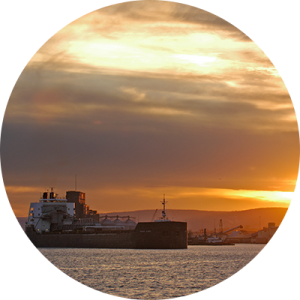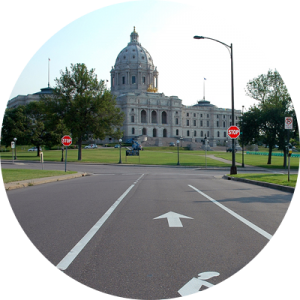Crafting a Transportation Vision for Generations
November 2011
The Minnesota Department of Transportation launched the Minnesota GO visioning process to better align the transportation system with what Minnesotans expect for their quality of life, economy and natural environment. The effort is based on an understanding that transportation is a means to other ends, not an end in itself.
It also recognizes that infrastructure is only one of many elements necessary to achieving a high quality of life, a competitive economy and a healthy environment.
This 50-year vision for transportation will require consistency and collaboration across jurisdictions and sectors. Although MnDOT initiated the effort to develop the vision, this is a vision for all forms of transportation. Ownership of the vision is a shared responsibility.
What is a Vision?
A vision is a description of a desired future. It answers the question “what are we trying to achieve?” It does not answer the question “how will we do it?” – This will be addressed in subsequent MnDOT statewide and modal plans as well as through tribal, regional and local planning efforts.
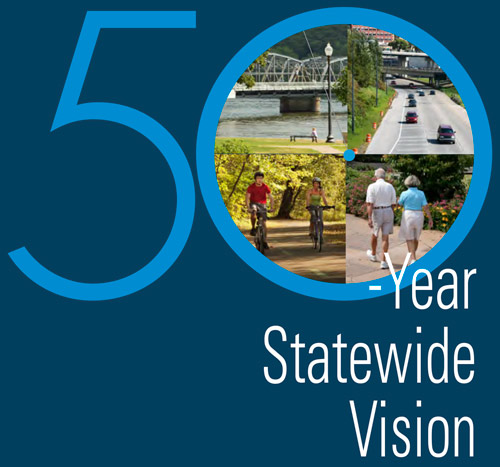
A transportation vision for generations
Minnesota’s multimodal transportation system maximizes the health of people, the environment and our economy. The system:
- Connects Minnesota’s primary assets—the people, natural resources and businesses within the state—to each other and to markets and resources outside the state and country
- Provides safe, convenient, efficient and effective movement of people and goods
- Is flexible and nimble enough to adapt to changes in society, technology, the environment and the economy
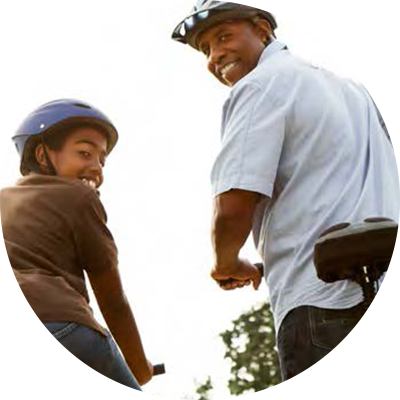
Quality of Life
- Recognizes and respects the importance, significance and context of place – not just as destinations, but also where people live, work, learn, play and access services
- Is accessible regardless of socio-economic status or individual ability
Environmental Health
- Is designed in such a way that it enhances the community around it and is compatible with natural systems
- Minimizes resource use and pollution
Economic Competitiveness
- Enhances and supports Minnesota’s role in a globally competitive economy as well as the international significance and connections of Minnesota’s trade centers
- Attracts human and financial capital to the state
Guiding principles
The following principles will guide future policy and investment decisions for all forms of transportation throughout the state. These are listed in no particular order. The principles are intended to be used collectively.
Leverage public investments to achieve multiple purposes: The transportation system should support other public purposes, such as environmental stewardship, economic competitiveness, public health and energy independence.
Ensure accessibility: The transportation system must be accessible and safe for users of all abilities and incomes. The system must provide access to key resources and amenities throughout communities.
Build to a maintainable scale: Consider and minimize long-term obligations–don’t overbuild. The scale of the system should reflect and respect the surrounding physical and social context of the facility. The transportation system should affordably contribute to the overall quality of life and prosperity of the state.
Ensure regional connections: Key regional centers need to be connected to each other through multiple modes of transportation.
Integrate safety: Systematically and holistically improve safety for all forms of transportation. Be proactive, innovative and strategic in creating safe options.
Emphasize reliable and predictable options: The reliability of the system and predictability of travel time are frequently as important or more important than speed. Prioritize multiple multimodal options over reliance on a single option.
Strategically fix the system: Some parts of the system may need to be reduced while other parts are enhanced or expanded to meet changing demand. Strategically maintain and upgrade critical existing infrastructure.
Use partnerships: Coordinate across sectors and jurisdictions to make transportation projects and services more efficient
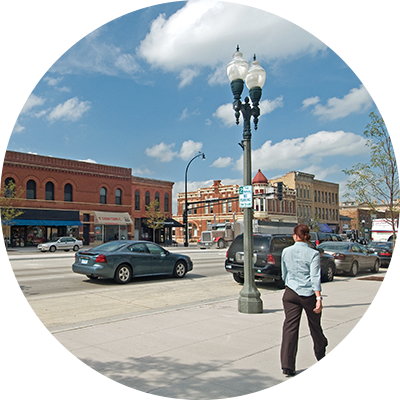
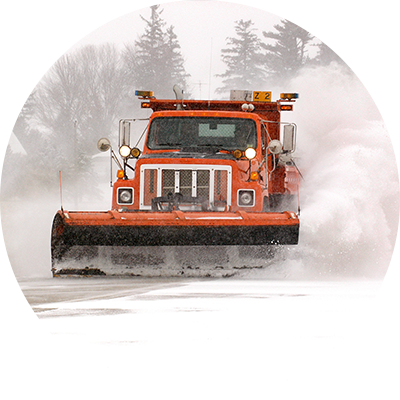
What this could mean
The Minnesota GO vision for transportation has a wide range of implications for different parts of the transportation system. Some examples include but are not limited to:
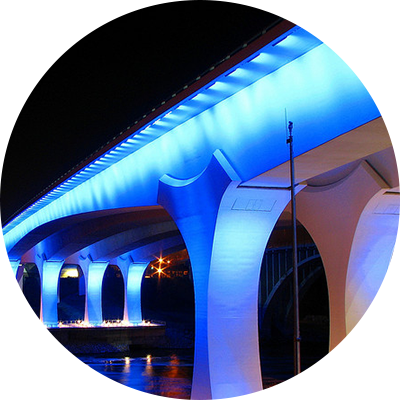
- Waterways, rail, transitways, roads, trails, airports and pipelines integrated and strategically located to enable critical connections for Minnesota’s businesses and communities
- An integrated network of streets, roads and highways collectively support freight, mass transit, nonmotorized transportation and personal vehicles
- Reliable and affordable transit options for people who cannot or choose not to operate a personal vehicle in both rural and urban areas
- Connected options to walk and bike
- The balance of transportation modes enables an economically and environmentally efficient option for every trip
- Zero deaths or serious injuries in any form of transportation
- An environment that allows safe travel using multiple modes for both an 8 year old and an 80 year old in every neighborhood and community
- Transportation infrastructure and services designed to enhance, enable and encourage productive land uses
- Inclusive and transparent planning and decision making for all modes of transportation and land use
- Technology and innovation improve the safety, accessibility and productivity of each mode of transportation and may be implemented as an alternative to expanding the physical layout of the system
The existing system will change over time to meet future needs and some parts of the current system may no longer be needed in the future.
Challenges and opportunities
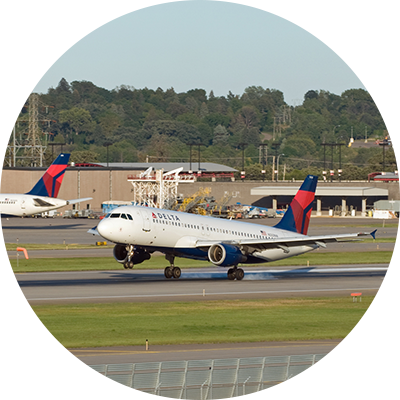
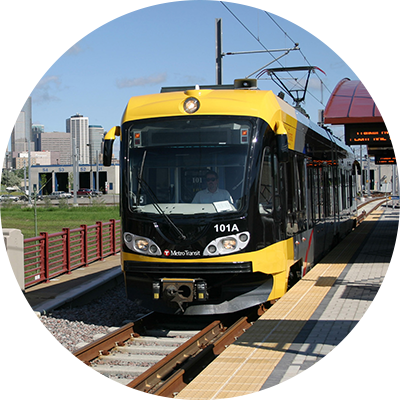
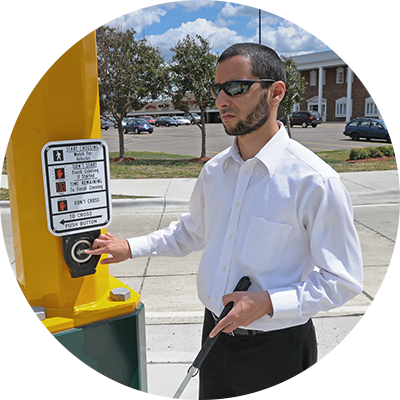
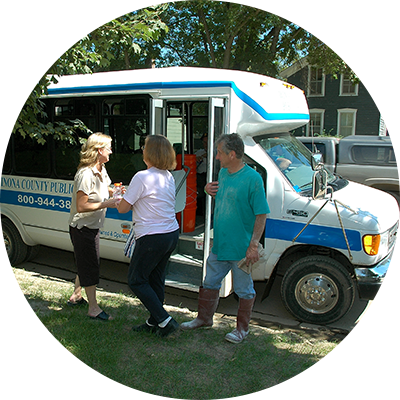
The following challenges and opportunities will impact transportation and the state in the coming decades, and represent the range of issues the Minnesota GO vision and guiding principles was created to address. These are listed in no particular order.
Note: These challenges and opportunities were identified in 2011 during the visioning process, for more up-to-date trend information see the trend library
Aging and Increasingly Diverse Population: Minnesota and the United States as a whole are aging and becoming more ethnically and culturally diverse. As the baby boomers retire and enter their 70s, 80s and 90s, their transportation patterns are likely to change. Although many will continue to drive personal vehicles well into their elder years, many will adjust the amount, time and destinations of their travel. Nevertheless, many will also seek alternatives to driving their own vehicle. This demographic shift will increase the urgency to improve the accessibility of the transportation system. The aging and diversification of our population will of course impact many other aspects of society in ways that will also affect transportation.
Urbanization: There appears to be no end to the nearly century-long trend of population shifts away from rural areas to urban centers. The suburbs are likely to see increases in population as well as changes in basic community design as activity nodes or town centers develop and suburbs seek to differentiate from each other. Regional centers will likely see increases in population as will the core walkable urban areas in the Twin Cities. Continuation of this trend will further increase demand for more urban forms of transportation and place strains on maintenance of existing transportation systems in rural areas.
Energy Shifts: Energy prices are likely to be higher and more volatile, even for traditionally stable fuels. Unfortunately, the prospect of developing a new wonder fuel still seems remote. Biofuels will help reduce oil dependence—particularly as a replacement for diesel—but are not likely to fully substitute for all fuel needs. What does seem clear is that the passenger vehicle fleet will become increasingly electrified, which will require a supporting recharging infrastructure and will place substantial demands on the electricity grid. Electrification of heavy commercial vehicles does not appear to be viable in the short-to-medium term. Wind, geo-thermal, natural gas and solar all will see increases.
Automation: Vehicle technology has advanced rapidly in recent years and is projected to continue improving in the coming decades. Vehicles are becoming more efficient and cleaner. In addition, sensors and increasing levels of automation are becoming commonplace. Recent tests have demonstrated the viability of fully autonomous vehicles. While experts disagree on whether we will ever see a system of fully autonomous vehicles (“robot cars”), the potential safety and efficiency benefits of automation are enormous. Some experts are even predicting that at some point we won’t allow people to operate vehicles for safety reasons. Regardless, we are likely to see a major conflict over the control of vehicles, privacy and freedom.
Persistent Budget Challenges: For the foreseeable future, governments at all levels will experience ongoing budget challenges. This will put nearly continuous constraints on investment in infrastructure (of all kinds). If unaddressed, reduction, elimination and consolidation of services are all possible.
Health Impacts: The increased frequency of several chronic diseases related to obesity—heart disease, diabetes and cancer—coupled with an aging population places enormous strains on the ability to pay for health care. Unless significant measures are taken, the deaths, diseases and health care expenditures attributable to physically inactive lifestyles will only increase. Regular and sustained physical activity can help Minnesotans lead healthier lives. Health advocates will continue to push and recommend more active lifestyles and higher levels of daily physical activity, including through transportation choices such as biking and walking.
Increased Global Competition: The global economy is likely to become even more competitive as countries like China, India and Brazil expand and invest in their economies. In addition, global population growth will put enormous pressure on basic resources such as water, food, energy and metals. Minnesota’s diversified economy, natural resources, food production systems, educational system and increasingly diverse population offer the potential to compete globally, but Minnesota will also need to compete with the rest of the world for talent and other human capital to maintain innovation and competitiveness. It will be important for Minnesota’s transportation system to integrate and be compatible with national and international systems.
Changing Work Environments, Telecommunications and Access to Services: While not all jobs will adjust and adapt, many jobs and businesses will increasingly deploy telecommuting and flexibility in work. This may not impact overall travel, but it has the potential to impact the patterns of travel and could ease pressure on congested urban areas. Remote access to health care and other services are also likely to increase. Expanding virtual access will improve smaller communities’ abilities to participate in the global economy.
Floods/Water Quality: Minnesota is likely to experience more flooding, particularly flash floods, in the future. As the climate changes, precipitation patterns are projected to shift from large fronts of precipitation to more thunderstorm-like events. This could lead to regular incidence of simultaneous drought and flood conditions. This is an issue that affects infrastructure design and runoff management strategies. More frequent and more severe flooding also will further exacerbate water quality issues in the state.
Process used to develop the vision
The Minnesota Department of Transportation partnered with the University of Minnesota and the Citizens League to engage Minnesotans from all walks of life in the visioning process. The effort began in early 2011 and included:
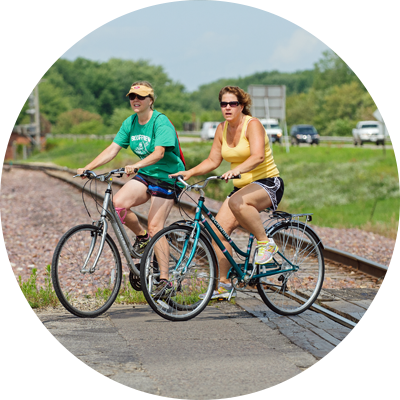

- Steering Committee: Minnesota GO was guided by a 31-member steering committee that advised the Commissioner of Transportation on what should be included in the vision. The committee members represented a range of public and private sector groups.
- Quality of Life Research: The visioning effort was informed by focus group and survey based research sponsored by MnDOT on the connection between transportation and quality of life.
- Expert Interviews: Fourteen experts in engineering, science, public policy, health, business, demographics, community design and technology were interviewed to understand current trends and to identify the potential for major changes in the future.
- Advisory Groups: In April 2011, MnDOT hosted three advisory group meetings to discuss the critical factors to Minnesota’s future environmental health, economic competitiveness and quality of life. Participants represented a diverse cross-section of organizations, including government, business and nonprofit.
- Interactive Website: Videos of the expert interviews, surveys and opportunities to review and comment on themes were available on an interactive website hosted by the Citizens League. Additional opportunities to track the project and provide comments were available through several social media channels.
- Student Perspectives: Through the Citizens League’s Students Speak Out initiative, youth throughout the state were able to share their perspectives both online and through a series of workshops.
- Public Workshops: During May and June 2011, ten public workshops were held throughout the state. The workshop format used a scenario exercise to engage participants in a range of possible futures to identify robust options that make sense under many different assumptions about the future.
- MnDOT Online Customer Community: Input from “MnDOT Talk,” an online customer community of 600 residents statewide, was gathered at key points throughout the process.
- Briefings: MnDOT staff gave approximately 150 presentations to groups throughout the state during the entire process.
- Public Review and Comment: Public comments were solicited on a draft vision and a public hearing was held. Comments were accepted through email, mail and an online discussion forum.
Links:
- Students Speak Out
- Citizing!
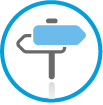
Next steps
Note: These next steps were identified in 2011 during the visioning process, follow the links for the most up-to-date information on all the plans in MnDOT’s Family of Plans.
The Minnesota GO vision presents a set of long-range outcomes for transportation in the state that may take up to 50 years to be fully realized. This vision and guiding principles are intended to be used by all agencies responsible for transportation planning, construction and delivery in Minnesota to inform their investment and service decisions. With its partners, MnDOT will begin updating the 20-year Statewide Multimodal Transportation Plan in the fall of 2011, which will articulate policies, strategies and performance measures necessary to support the vision over the next two decades.
Updates to MnDOT’s plans for highways, rail, aviation, transit, freight and non-motorized transportation (bicycle and pedestrian) will also follow, so that MnDOT’s entire “family of plans” fully reflects the Minnesota GO vision. Additional research and discussion will be necessary to achieve this ambitious vision for transportation in Minnesota. An important question that needs further public discourse is the appropriate method to fund and finance the necessary investments and ongoing service operations envisioned in Minnesota GO. MnDOT will work with the Legislature and its partners during the coming years to explore options for funding the vision.
Minnesota GO is an ongoing planning effort and the vision will need to be revisited over time as society, technology, the environment and the economy change. The vision will be reviewed with each subsequent update of the Statewide Multimodal Transportation Plan.
